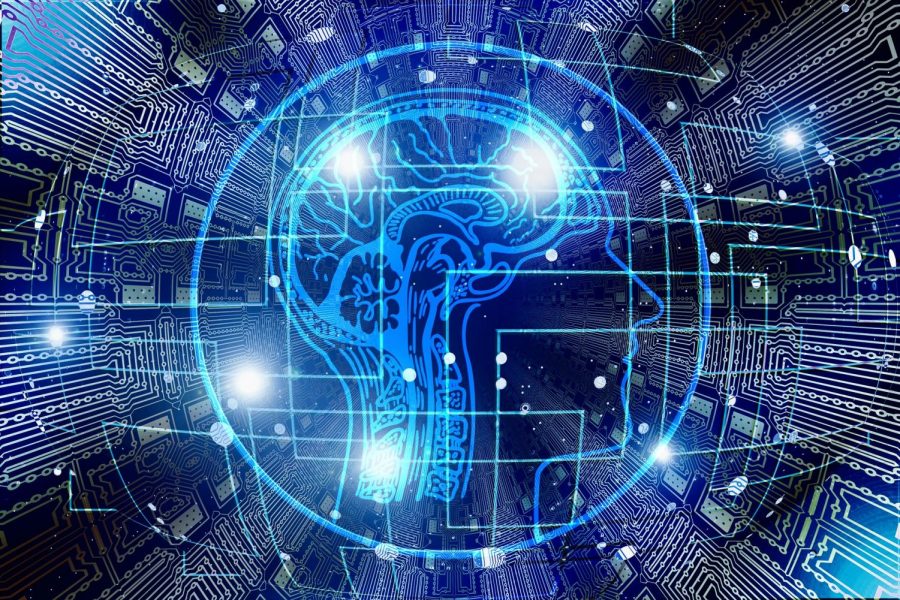Technology, especially AI and computers, has improved drastically over the past decade. It can be used for multiple tasks such as diagnosing illnesses, performing mass calculations, and now, even reading our minds.
Neuroscientists working for Google at Canada’s University of Toronto Scarborough are working to develop artificial intelligence that uses electroencephalography (EEG) in order to reconstruct images seen in the brain. Electroencephalography is a technique that scientists use to monitor and record electrical activity in the brain by using electrodes to measure voltage fluxes. To test this new technology, researchers hooked electric probes to test subjects and then showed them several different images of people’s faces. During this process the subjects’ brain activity was recorded and analyzed using memory algorithms. The machine was then able to use these algorithms to reconstruct the actual images that the subjects were visualizing. “When we see something, our brain creates a mental percept, which is essentially a mental impression of that thing,” said Dan Nemrodov, lead researcher at the University of Toronto Scarborough. “We were able to capture this percept using EEG to get a direct illustration of what’s happening in the brain during this process.”
This is not the first time that scientists have used technology to try to reconstruct mental images. Previously researchers used fMRI technology, a process that maps brain activity that traces blood flow. This process was much slower and not as accurate as EEG. “FMRI captures activity at the time scale of seconds, but EEG captures activity at the millisecond scale,” said Nemrodov. “So we can see with very fine detail how the percept of a face develops in our brain using EEG.” In fact, the researchers were able to estimate that it takes our brain about 170 milliseconds (0.17 seconds) to form a good representation of a face we see.
There are so many practical applications to this technology. Police can now use AI to reconstruct images from witnesses’ memories. People unable to communicate verbally can use the AI to share images. Researchers are working on making this process faster and more reliable for these applications to become reality.









